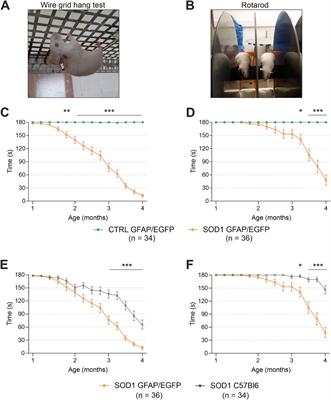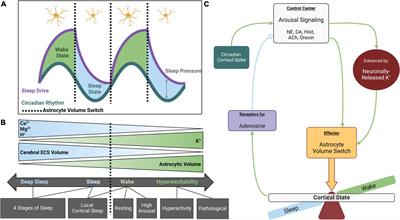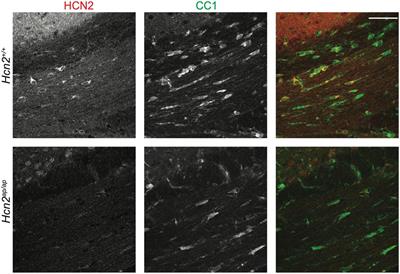ORIGINAL RESEARCH
Published on 10 Oct 2024
ALS-like pathology diminishes swelling of spinal astrocytes in the SOD1 animal model

doi 10.3389/fncel.2024.1472374
- 909 views
2,670
Total downloads
11k
Total views and downloads
ORIGINAL RESEARCH
Published on 10 Oct 2024

REVIEW
Published on 26 Jun 2024

ORIGINAL RESEARCH
Published on 26 Feb 2024

ORIGINAL RESEARCH
Published on 31 Aug 2023
